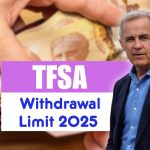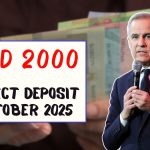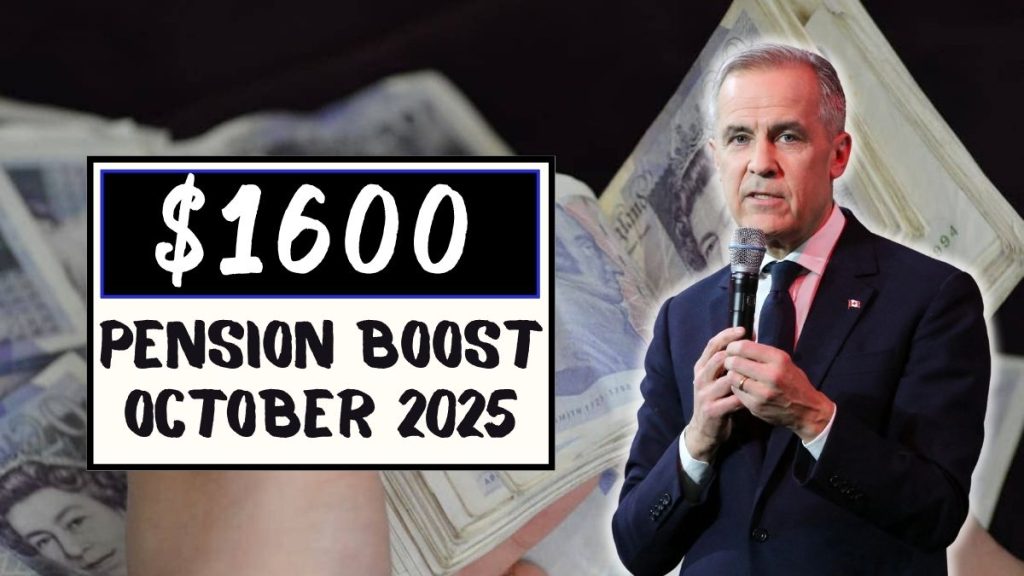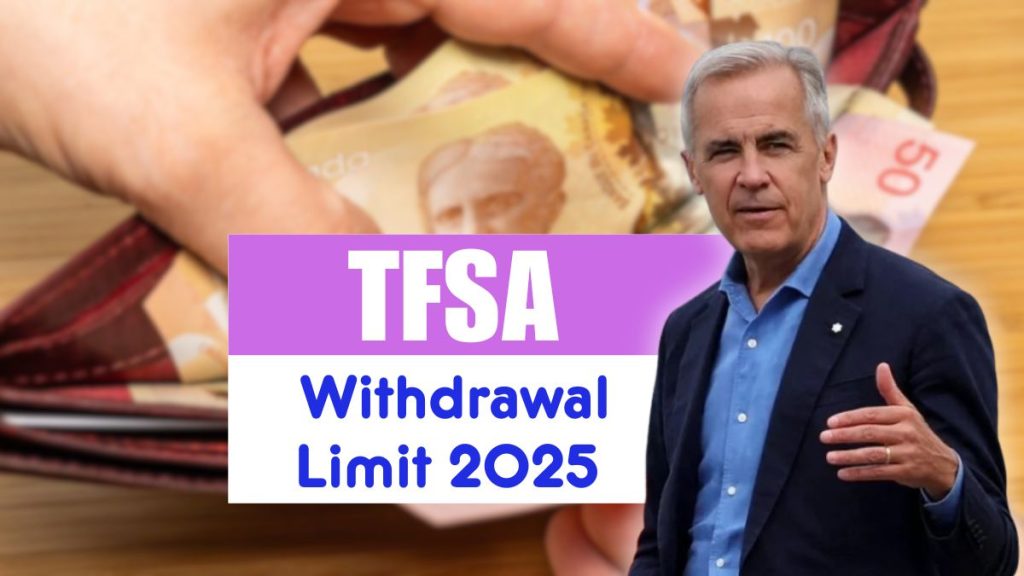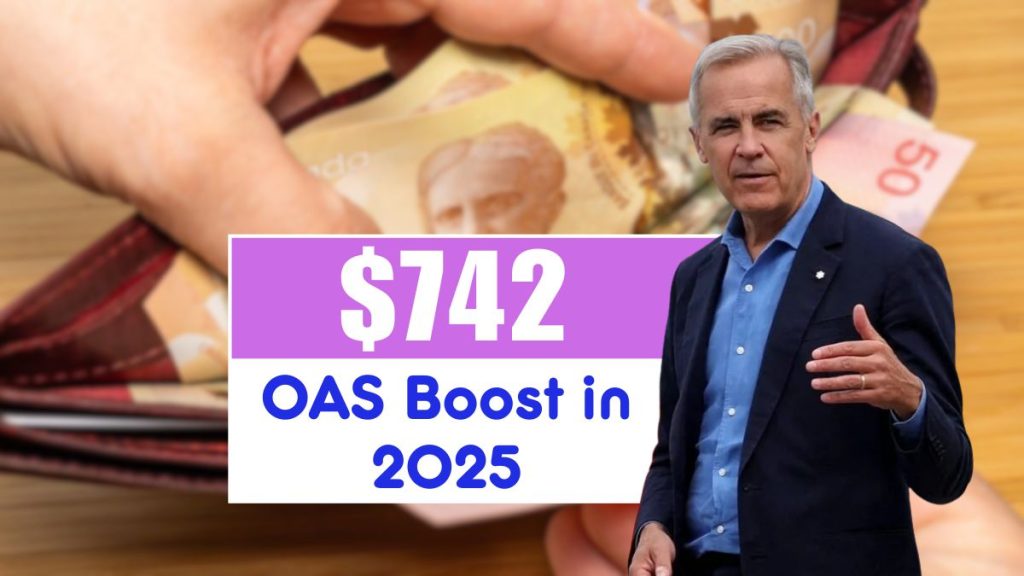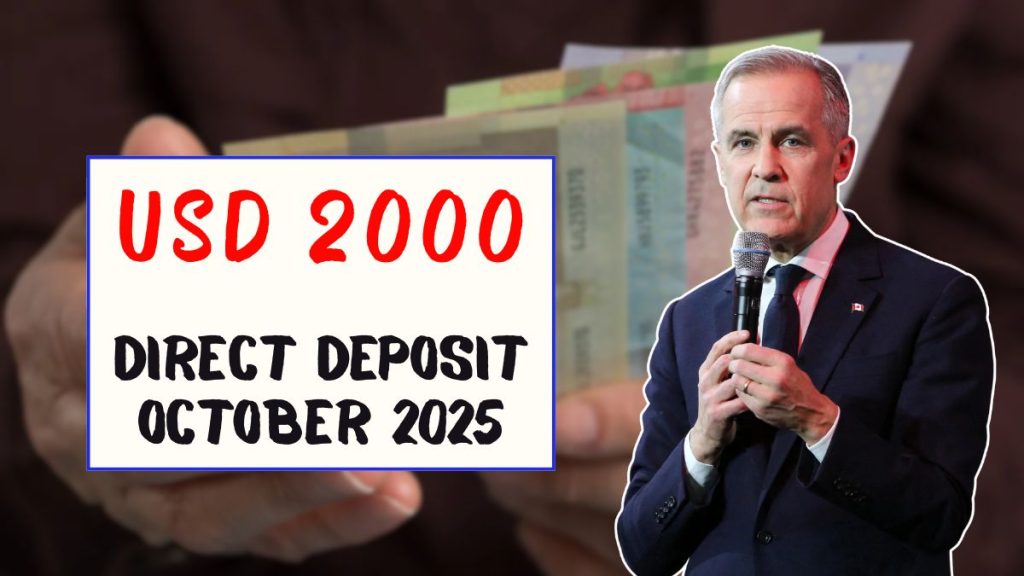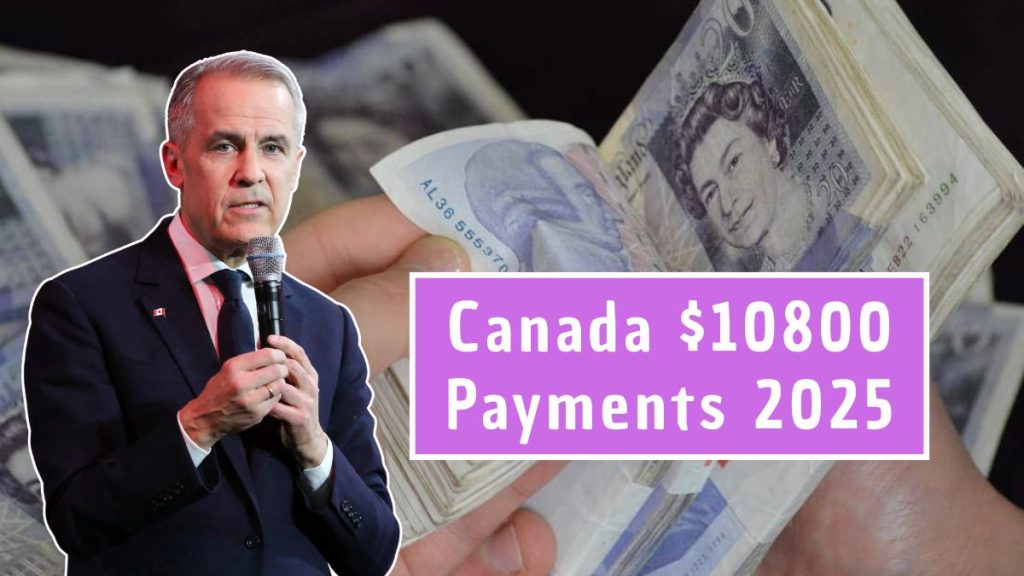If you’ve seen headlines about the CRA confirming a $742 Old Age Security (OAS) boost in 2025, you may wonder if this means a one-time cheque arriving in your account. The reality is different. The $742 isn’t a lump sum—it’s the total annual increase spread across monthly OAS payments, adjusted quarterly to reflect inflation.
For seniors living on fixed incomes, this change is more than symbolic. It’s a lifeline to cover essentials like food, electricity, and prescription costs. Let’s break down how the 2025 OAS boost works, who qualifies, and how to plan around it.
Understanding Old Age Security (OAS)
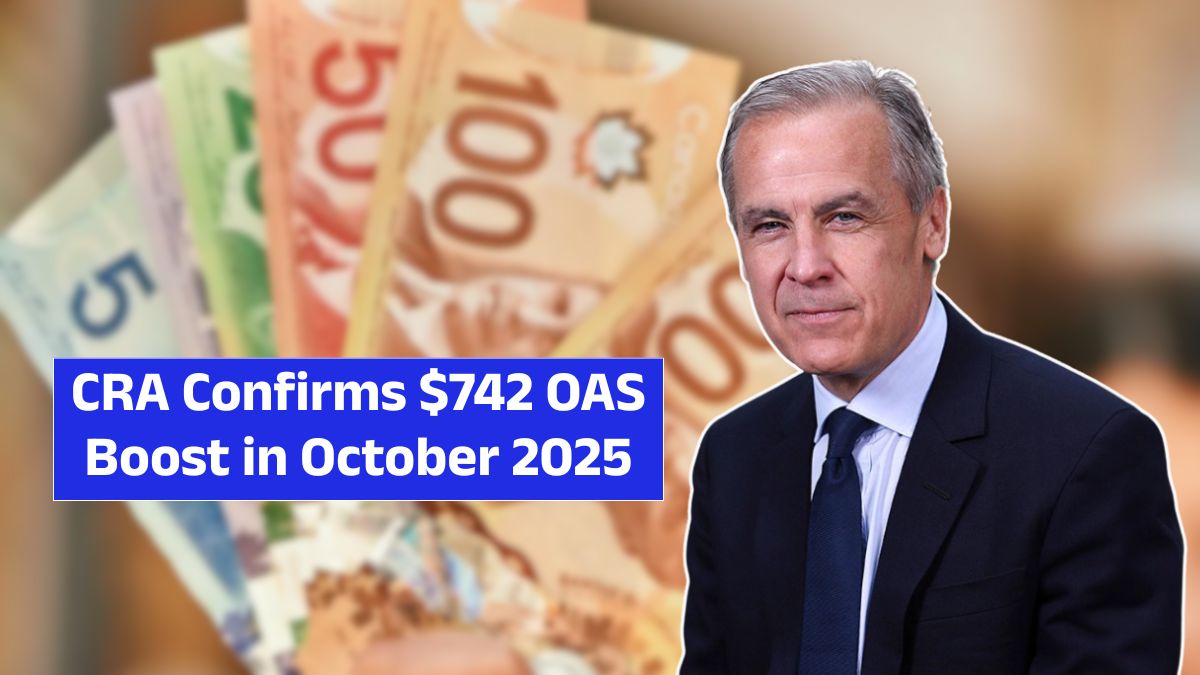
OAS is Canada’s most universal retirement benefit, funded by general tax revenues rather than individual contributions. Unlike the Canada Pension Plan (CPP), OAS eligibility depends on residency, not work history.
Key requirements include:
- Age 65 or older to start receiving OAS.
- At least 10 years of Canadian residency after age 18 (for partial benefits).
- Full benefits require 40 years of residency.
When OAS launched in 1952, seniors received just $40 per month. Today, the average cheque has grown to over $700, proving how the program evolved alongside rising living costs.
The 2025 OAS Increase
The CRA confirmed that OAS payments will rise by about $742 annually in 2025. Instead of a single bonus payment, this is distributed across monthly cheques.
| Age Group | 2025 Monthly OAS | Approx. Annual Increase |
|---|---|---|
| 65–74 | $734.95 | ~$742 |
| 75+ | $808.45 | ~$742 |
For seniors aged 75 and above, this means more than $60 extra per month, providing tangible relief during a period of persistent inflation.
OAS Payment Growth Over Time
OAS has consistently increased to reflect Canada’s economic realities.
| Year | Average OAS Payment |
|---|---|
| 2010 | $516/month |
| 2015 | $564/month |
| 2020 | $613/month |
| 2022 | 10% increase for 75+ |
| 2025 | $734.95 (65–74), $808.45 (75+) |
In just 15 years, the average monthly OAS benefit has grown by nearly $300, helping retirees manage everyday costs.
OAS vs. CPP vs. GIS
It’s common to confuse Canada’s retirement supports. Here’s a quick comparison:
- OAS: Based on age and residency. Most Canadians qualify.
- CPP: Based on work contributions and earnings during your career.
- GIS: A needs-based supplement for low-income seniors already receiving OAS.
Think of OAS as the foundation, CPP as a worker’s pension, and GIS as a safety net for those most in need.
Who Qualifies for the OAS Boost?
Eligibility for the 2025 boost depends on:
- Age: Payments begin at 65, with a 10% top-up once you reach 75.
- Residency: A minimum of 10 years in Canada after age 18 for partial benefits, and 40 years for full OAS.
- Income: In 2025, the OAS clawback threshold begins at $90,997. For every dollar above this, OAS is reduced by 15 cents. The benefit fully phases out at $148,179.
Example: If your income is $100,000, that’s $9,003 above the threshold. Your OAS would be reduced by $1,350 annually.
Real-Life Examples
- Linda, 77 (Toronto):
- 2024 OAS: $747/month
- 2025 OAS: $808.45/month
- Annual boost: ~$742
- Mike, 70 (Vancouver, $120,000 income):
- OAS reduced due to clawback.
- Receives less than the full $734.95/month.
- His annual increase is smaller because of his high income.
These cases show that the boost’s impact varies depending on age and income.
How Retirees Can Use the Extra $742
While $742 a year may seem modest, it makes a real difference for retirees on tight budgets. The increase can help with:
- Groceries: Covering rising food prices.
- Healthcare: Paying for prescriptions or medical supplies.
- Utilities: Offsetting higher heating and electricity bills.
- Savings: Adding to an emergency fund or TFSA.
For seniors with higher incomes, effective tax planning and income management can ensure they maximize OAS payments without triggering clawbacks.
Smart Strategies to Protect Your OAS
- Keep income under $90,997 to avoid clawbacks.
- Split pension income with a spouse to reduce taxable income.
- Withdraw from TFSAs instead of RRSPs when possible.
- Check your My Service Canada Account regularly for payment details.
Common Myths About the 2025 OAS Boost
- Myth 1: Everyone gets an extra $742.
Truth: The increase depends on age, residency, and income. - Myth 2: It’s a one-time cheque.
Truth: The $742 is spread across monthly payments. - Myth 3: OAS payments can go down.
Truth: Payments never decrease—even if inflation slows.
Key Takeaway
The CRA’s confirmation of a $742 annual OAS boost in 2025 won’t transform retirement finances overnight, but it’s a meaningful adjustment for millions of Canadian seniors. By understanding eligibility, planning around clawbacks, and managing taxable income, retirees can maximize this benefit and strengthen their financial stability in the years ahead.
FAQs – CRA $742 OAS Boost 2025
Q1. Is the $742 OAS boost a one-time payment?
No, it’s an annual increase spread across monthly OAS payments, not a lump sum cheque.
Q2. Who qualifies for the 2025 OAS increase?
Canadians aged 65 and older who meet residency requirements. Higher earners may see reduced payments due to the clawback.
Q3. How much will seniors 75+ receive compared to those 65–74?
Seniors 75+ will get about $808.45 per month, while those 65–74 will receive $734.95 per month.
Q4. Does income affect OAS payments?
Yes. The OAS clawback starts at $90,997 in 2025, reducing payments by 15 cents for every dollar above that threshold.
Q5. How can retirees maximize OAS payments?
By keeping income below the clawback threshold, splitting pension income, using TFSAs, and monitoring Service Canada updates.


